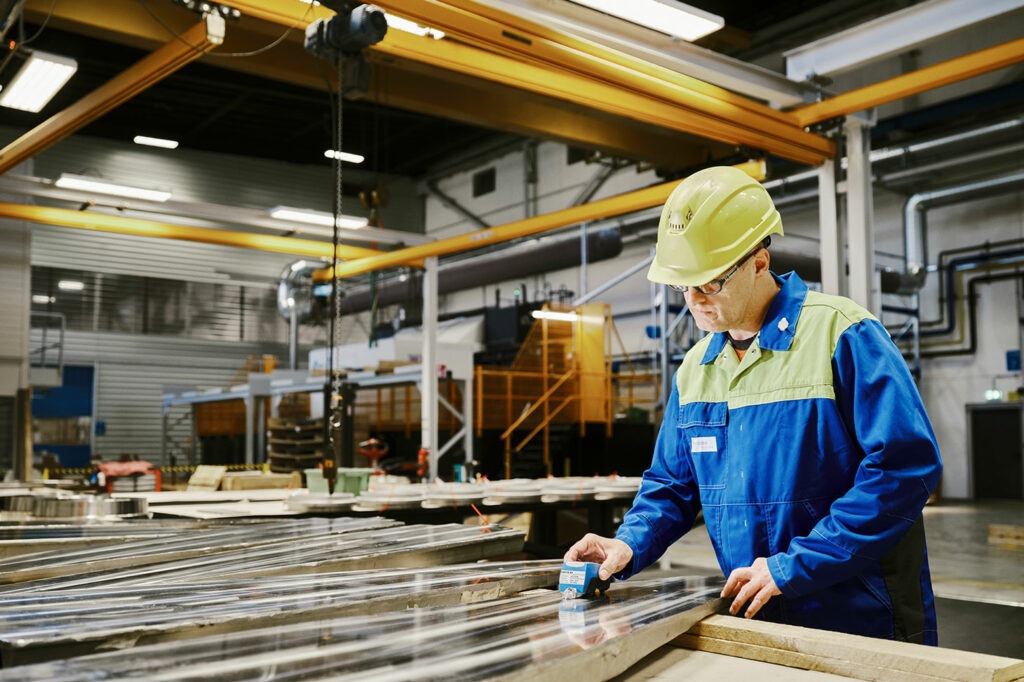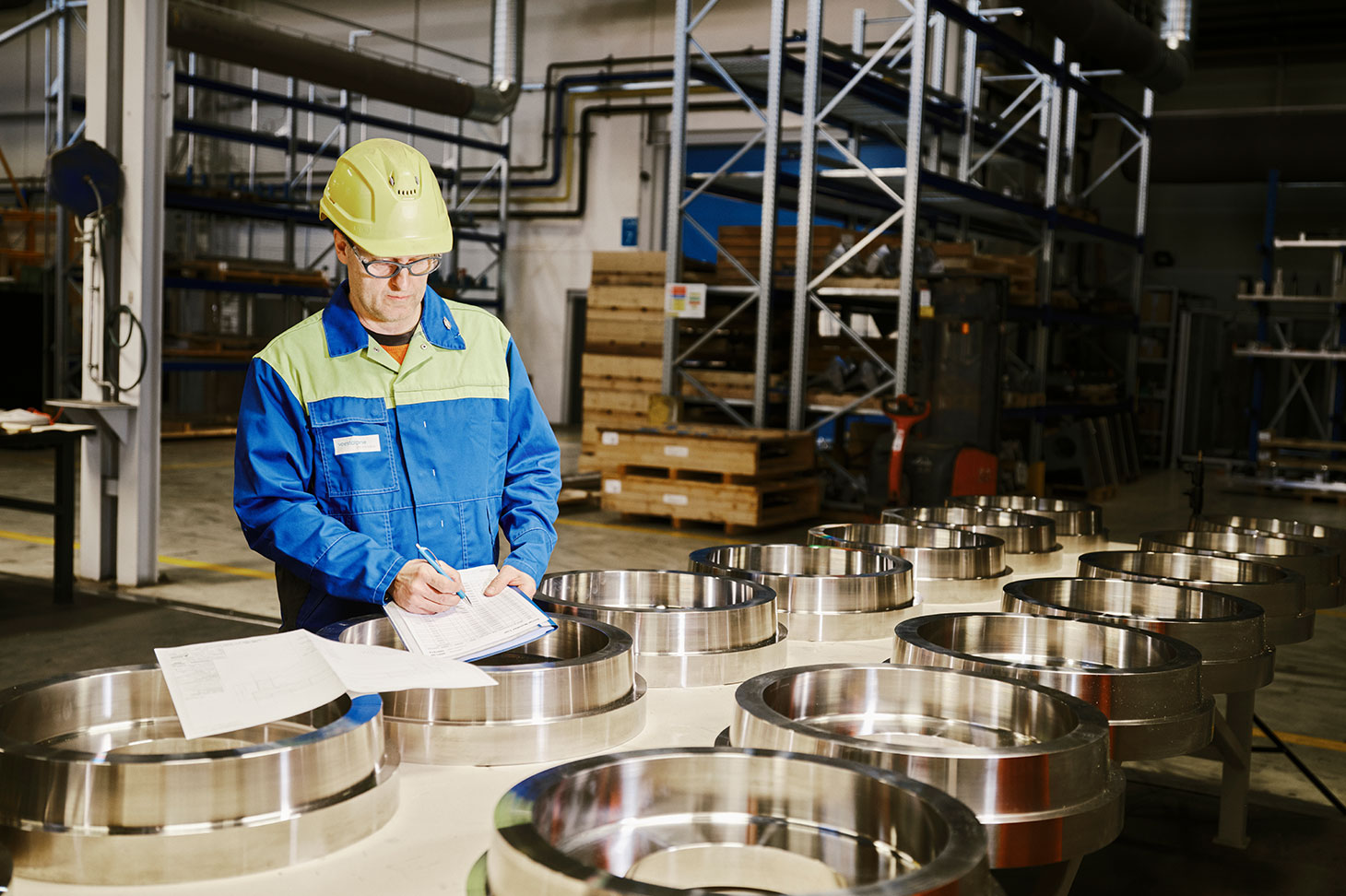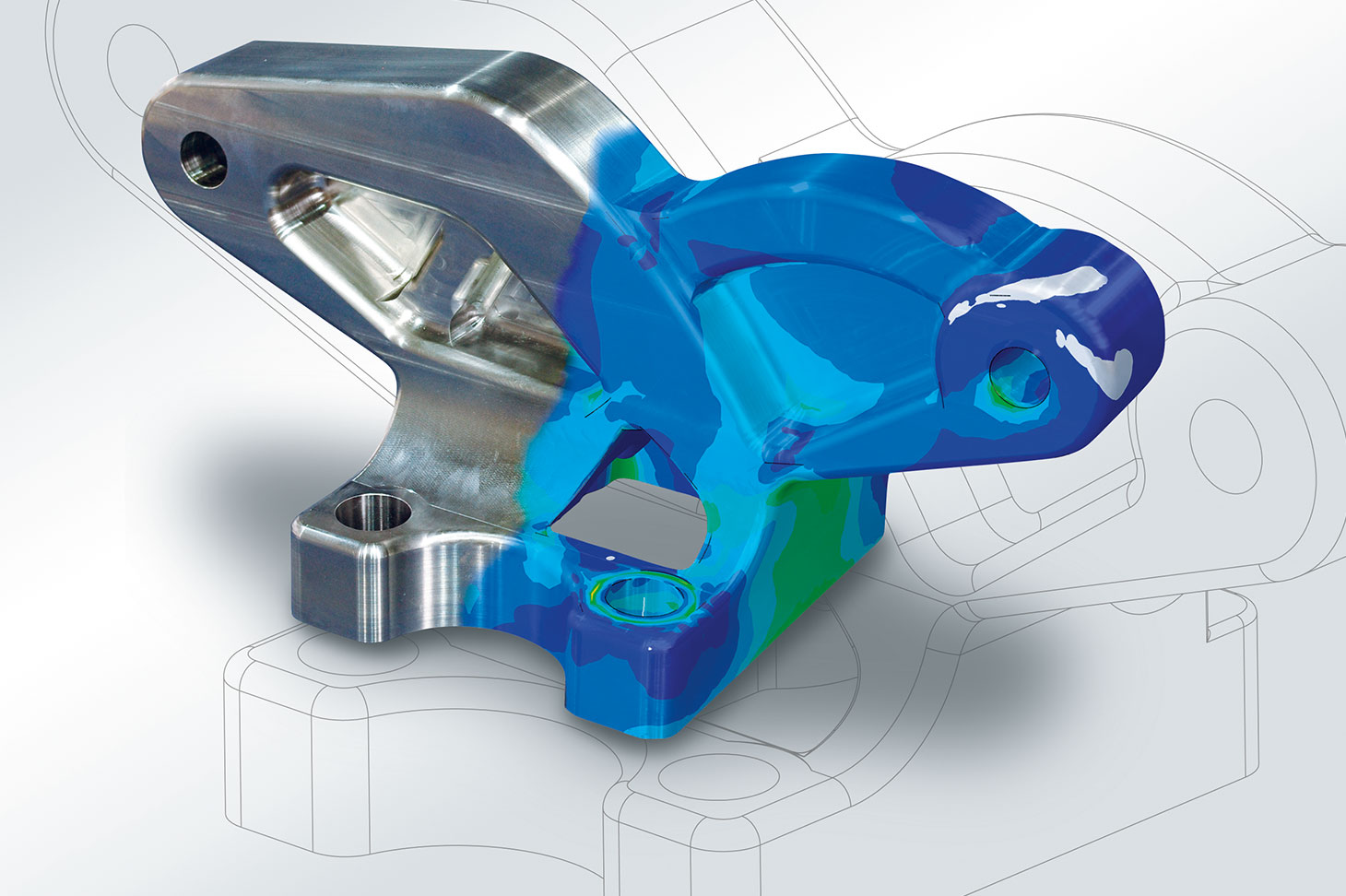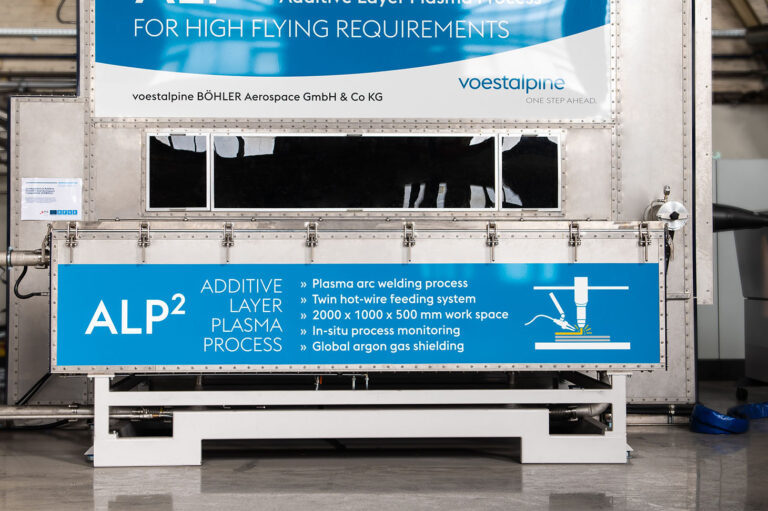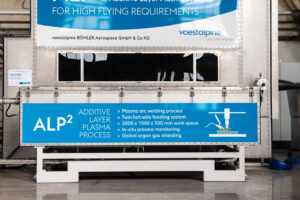Higher, faster, lighter: aerospace and the pursuit of lightness
When building aircraft, every gram counts, because weight-reduced parts made of high-performance materials not only make aviation safer, they make it more economical and sustainable. The lightweight construction philosophy at voestalpine ensures maximum quality combined with the lowest possible weight.
- 12 Jul, 2022
- 4
